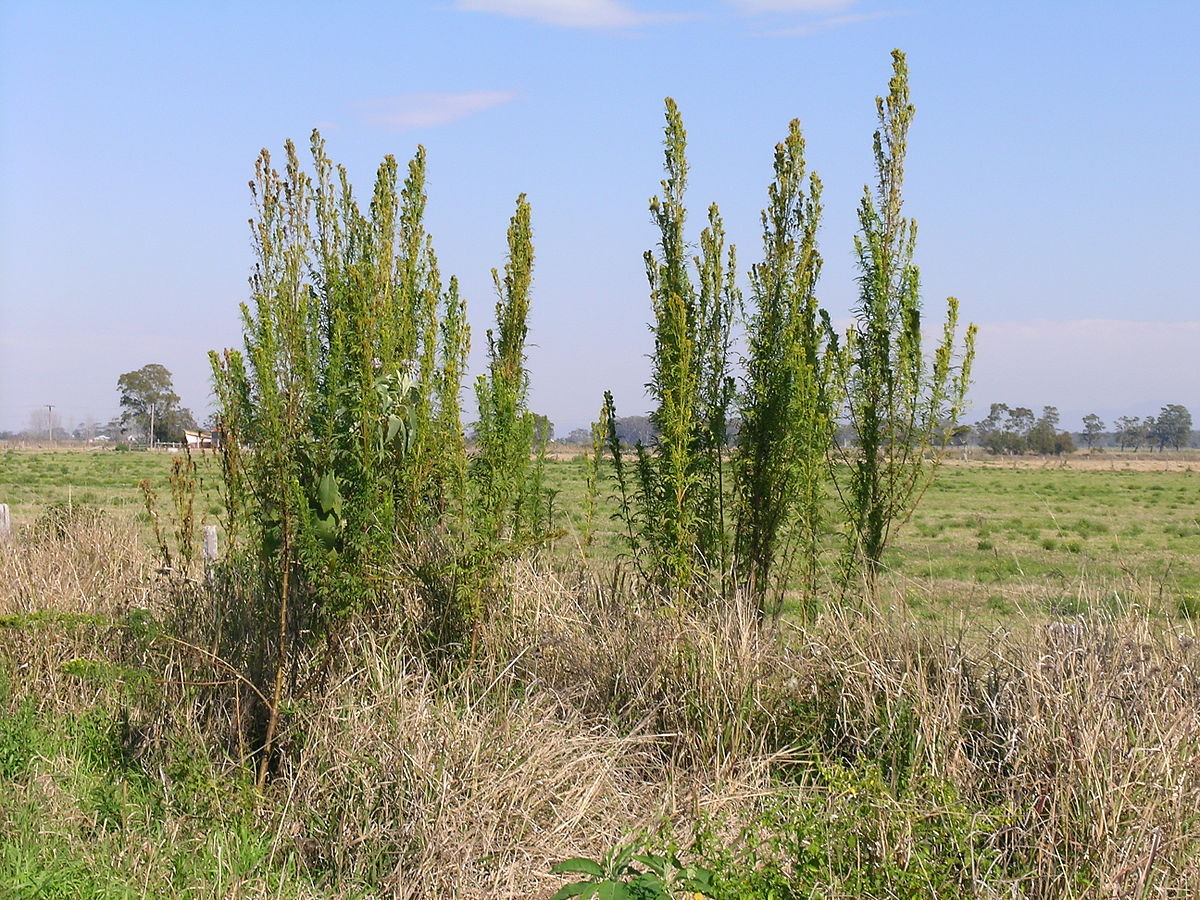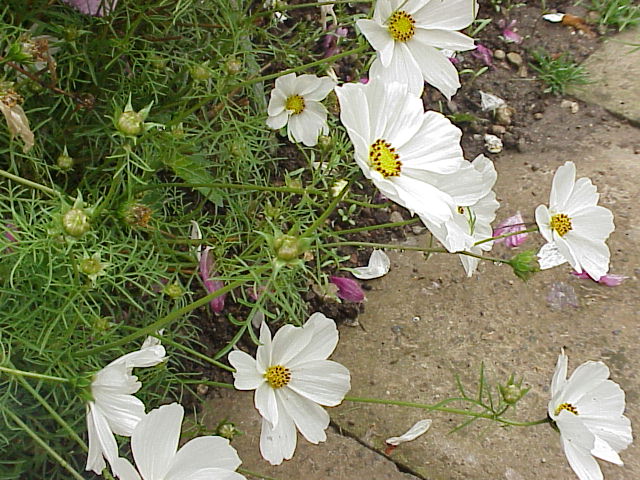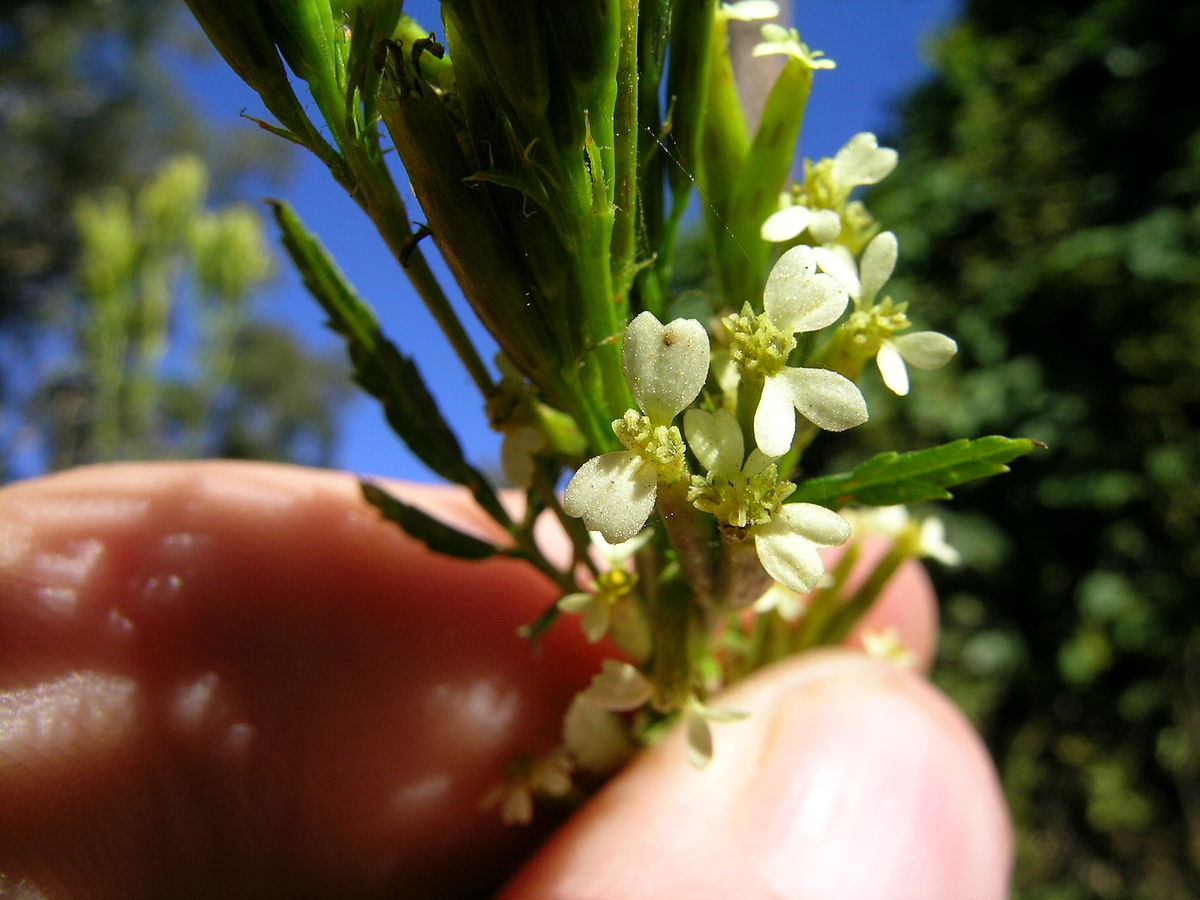While I consider myself to be Australian, I wasn’t born here – I adopted this country. I moved, with my family, from South Africa when I was 11.
An eleven-year-old doesn’t (or at least my eleven year old self didn’t) have any real grasp of politics, long term economic predictions, or crime rates, or the reasons why we emigrated – which were related to all those factors. But my world-view has been forever shaped by the colours and sounds and smells of Africa. Indeed, in my most secret heart of hearts I am a dual citizen of both Australia and that mythic Africa of my childhood. African drumming and bright coloured beads and fabric make me happy, and my love of space and the stars is directly due to my father showing me constellations and telling me about the milky way when we went camping, far away from light pollution, where the night sky was so dark that the milky way showed up as a river of dust and light across the sky.
 In South Africa there is a common weed known as a black-jack, which I now known to be properly called Bidens pilosa. I have strong memories of picking the barbed seeds off of clothing, out of my hair, and off the dogs as a child. There is a smell I remember associating with black-jacks, which I’ve recently discovered is actually the scent of a different plant entirely – one called Tagetes minuta, or Black Mint.
In South Africa there is a common weed known as a black-jack, which I now known to be properly called Bidens pilosa. I have strong memories of picking the barbed seeds off of clothing, out of my hair, and off the dogs as a child. There is a smell I remember associating with black-jacks, which I’ve recently discovered is actually the scent of a different plant entirely – one called Tagetes minuta, or Black Mint.
The place I grew up was dry and dusty in the winter, and subject to astonishing thunder-and lightning-storms in summer when the rains came. We had a large yard, mostly more or less scraggly lawn for the dogs and us kids to run around on, with a few fruit trees, a vege garden, and some ducks fenced into a run in the top corner where the smell wouldn’t bother my mum too much. In one corner of the front yard there was a huge “rocky pile” of the leftover rocks dug out when the house was built, with a big old Vangueria infausta tree near the fence. A short distance away from our house there was a more or less wild ‘kopje’ (a small hill), where we went walking every so often, while watching out carefully for snakes.
 The area around this little kopje, and in fact the area around our house up and down the street, was a haven for feral garden plants and weeds. As far as I remember no one mowed their verges, and every summer the road would be lined with a multitude of pink and white cosmos flowers, as well as black-jacks and, as it turns out, black mint.
The area around this little kopje, and in fact the area around our house up and down the street, was a haven for feral garden plants and weeds. As far as I remember no one mowed their verges, and every summer the road would be lined with a multitude of pink and white cosmos flowers, as well as black-jacks and, as it turns out, black mint.
I discovered black mint recently because a friend of mine gave me some seeds for it, which I dutifully planted and grew. It grows to a strikingly large plant for an annual – the biggest one is a good 2m tall – and it is very pungent. It’s the smell that made me remember, and wonder if this plant was the same thing as the black-jacks I knew as a child. So I asked Google, and the answer was, no. Not the same, but they both grow weedy and wild across most of South Africa.
 It’s a pretty plant, in an unassuming way, although the bees and butetrflies love it; the main feature is the scent. I like it – it’s somewhat minty and somewhat tarragon-ish, and it reminds me of childhood rambles. But not everyone will care for it (thus the alternative common name of Stinking Roger). Fast growing, hardy, doesn’t seem to care if you forget to water it, or if the rain comes early and soaks it. So far, unaffected by hot weather (up to 42 degrees Celcius last summer) or by cold weather (down to -1, which is super cold for Perth). Self-seeds readily. Quite nice as a tea-like infusion, provided you like the smell.
It’s a pretty plant, in an unassuming way, although the bees and butetrflies love it; the main feature is the scent. I like it – it’s somewhat minty and somewhat tarragon-ish, and it reminds me of childhood rambles. But not everyone will care for it (thus the alternative common name of Stinking Roger). Fast growing, hardy, doesn’t seem to care if you forget to water it, or if the rain comes early and soaks it. So far, unaffected by hot weather (up to 42 degrees Celcius last summer) or by cold weather (down to -1, which is super cold for Perth). Self-seeds readily. Quite nice as a tea-like infusion, provided you like the smell.
I was going to spread some seeds along the swales on the weekend when I had a last minute thought – since I’m planning on getting livestock, is Tagetes minuta safe for ruminants to eat? It was surprisingly difficult to get a clear answer. Looks like the real answer is that it probably isn’t toxic, but it also isn’t highly palatable. I know my chickens won’t eat it, even though they will eat virtually any green thing they can get their beaks on. One site indicated that it may contaminate milk due to external contact between the plant and cattle (or, presumably, goat) udders. It is good for the garden though, as it releases nematodicidal compounds into the soil and discourages slugs, snails, and possibly rabbits. It has been used to repel mosquitoes, and there is some evidence that the essential oil of Tagetes minuta may help control cattle ticks.
It does also, like black-jacks, have hooked seeds which attach (painlessly) to anything furry which passes nearby – including clothing, hair, dogs, and livestock. And it spreads very easily, being the quintessential weed in our climate. So it’s probably best not to plant it all along our swales, all things considered. I might plant some in the vegetable garden though, in the fallow rotation group (along with all the other somewhat weedy, soil restoring, insect-attracting, semi-edible or non-edible vegetable garden plants – like clover, and fennel, and buckwheat).
Images sourced from Wikimedia Commons:
File:Tagetes_minuta_habit2_(16375667982).jpg
File:Cosmos_bipinnatus2.jpg
File:Tagetes_minuta_head1_(15756556993).jpg